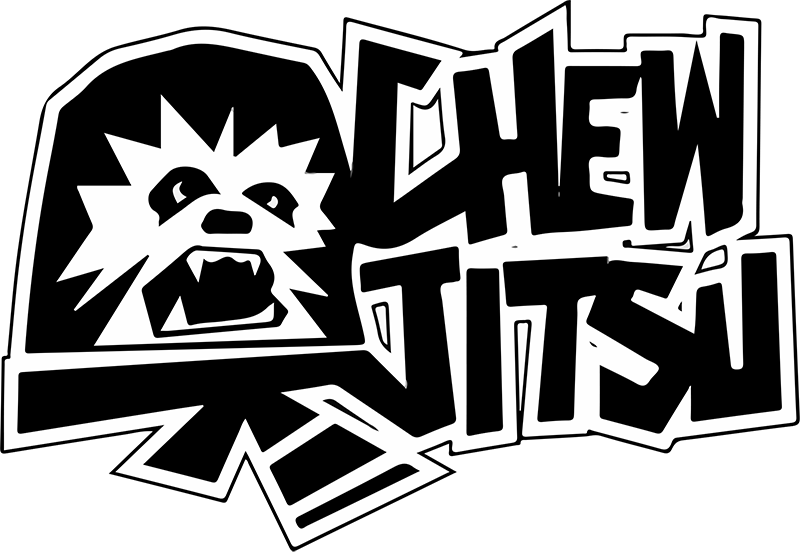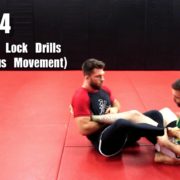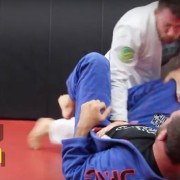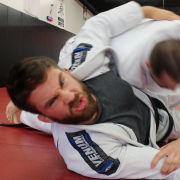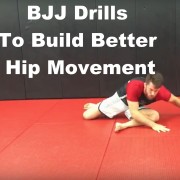11 Solo BJJ Drills W/ Stability Ball (Guard Passing And Hips)
11 Solo BJJ Drills W/ Stability Ball (Guard Passing And Hips)
Solo BJJ drills are no replacement for drills with a partner. But solo BJJ drills can be a great way to get some movement in when a partner is not available.
Maybe when you’re at home or unable to make it to the gym.
If I do solo BJJ drills. I’m focused on building good movement that will translate over to training. In this video I share 11 solo BJJ drills you can do with a stability ball that will help build your guard passing game and hip movement. BJJ is all about hips right?
Some of the movements may be challenging to you currently and if that is the case. Do what you can and work towards performing the movement as shown in the video. Also, BE CREATIVE! Think about ways you could perform movements that are tailor made for your game on the ball.
Turn This Into A Stability Ball Circuit Workout
Perform each drill or movement for 45 seconds to 1 minute and move through each drill without rest. Take a couple of minutes and then repeat if able. This would definitely be a solid workout. I know that just after filming these drills, I was soaked in sweat.
I’m a big fan of building movement. As a bigger guy I like being able to move with agility and quickness. Every big guy can be heavy but it takes a lot of work to be a fast big guy. So these drills are great for further developing that. Let that also be me encouraging all of you big guys out there to get moving on the mats and push yourself rather than always just being the heavy big guy.
I hope these drills help you with your BJJ training!
Thanks!
-Chewy
—————–
http://www.Facebook.com/Chewjitsu
http://www.instagram.com/Chewjitsu
http://www.twitter.com/Chewjitsu
Snapchat: Chewjitsu
